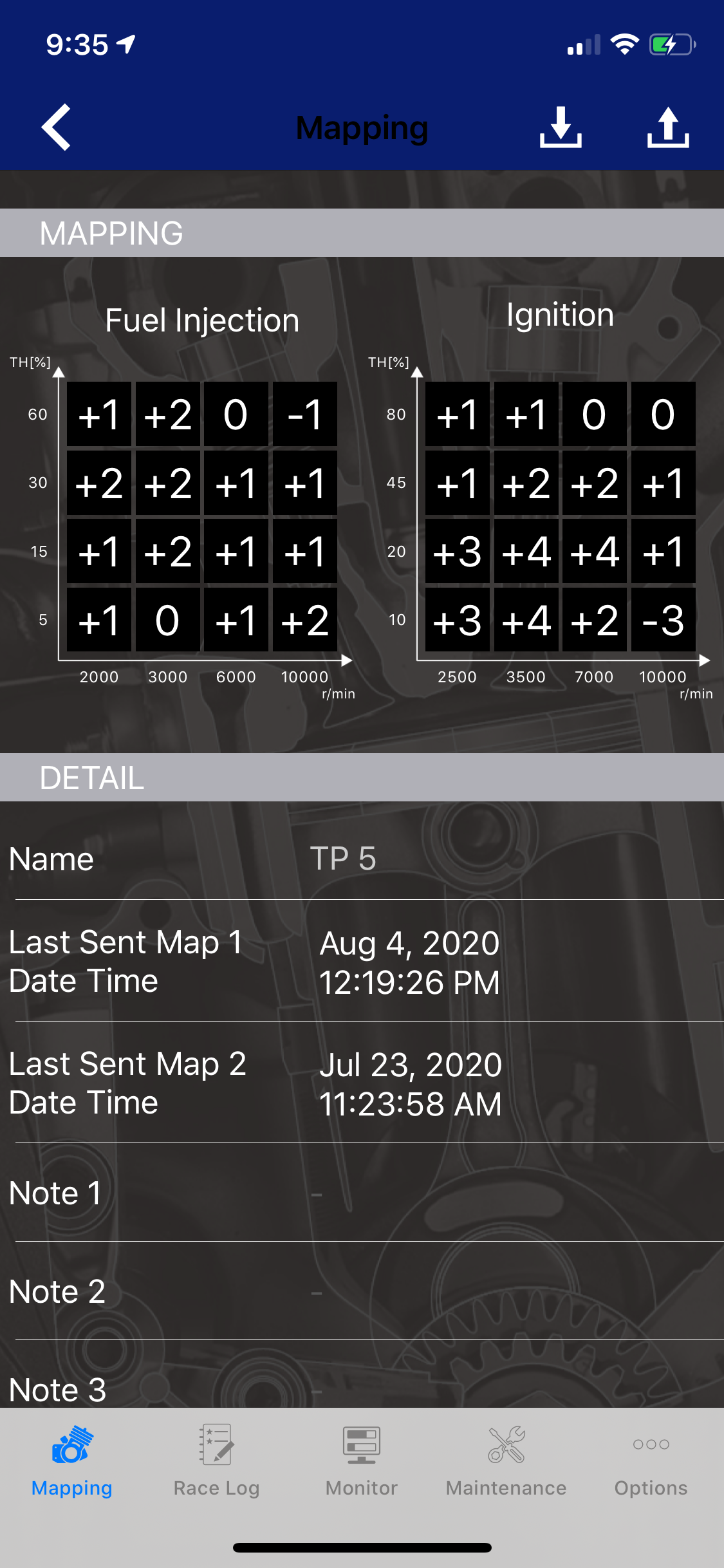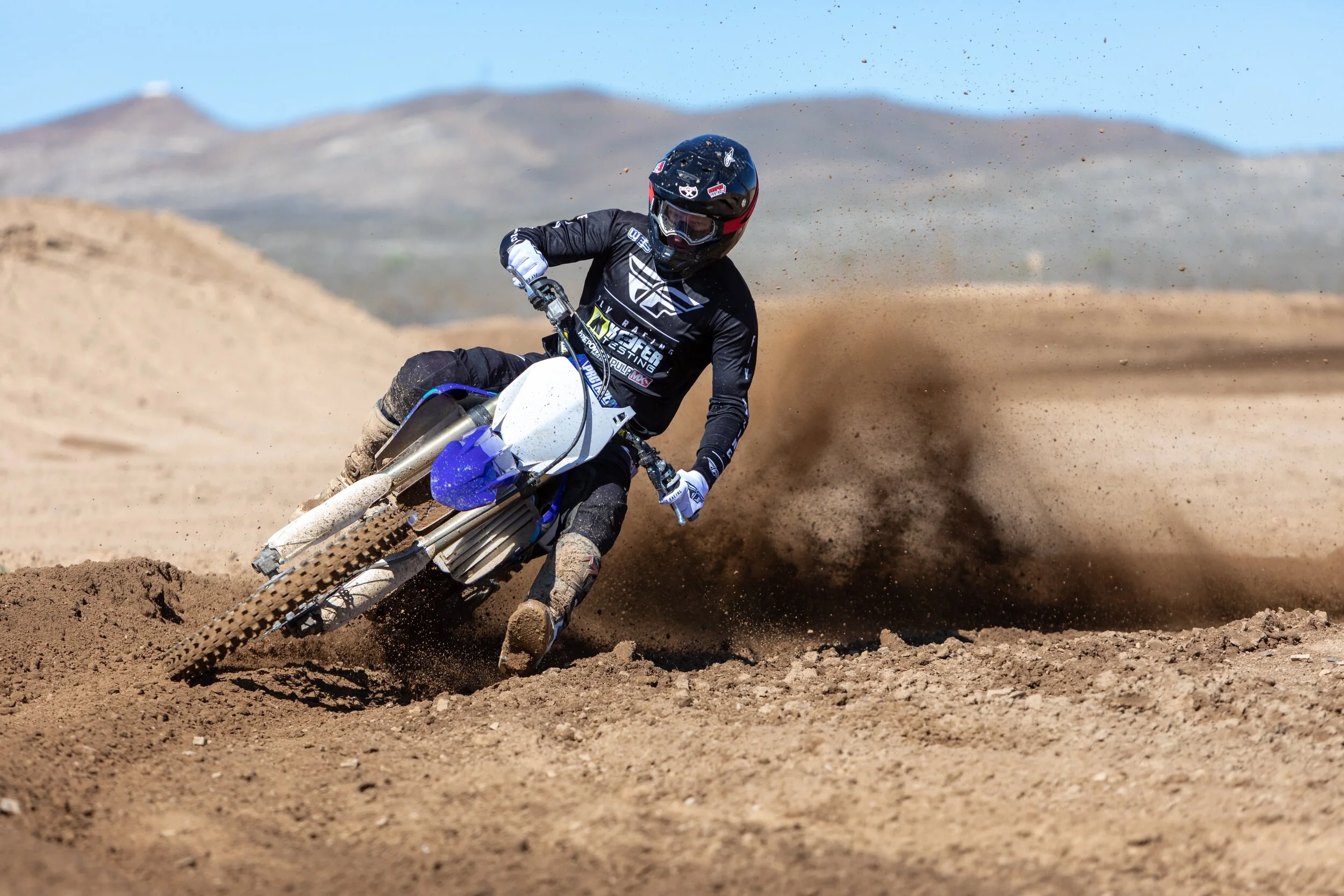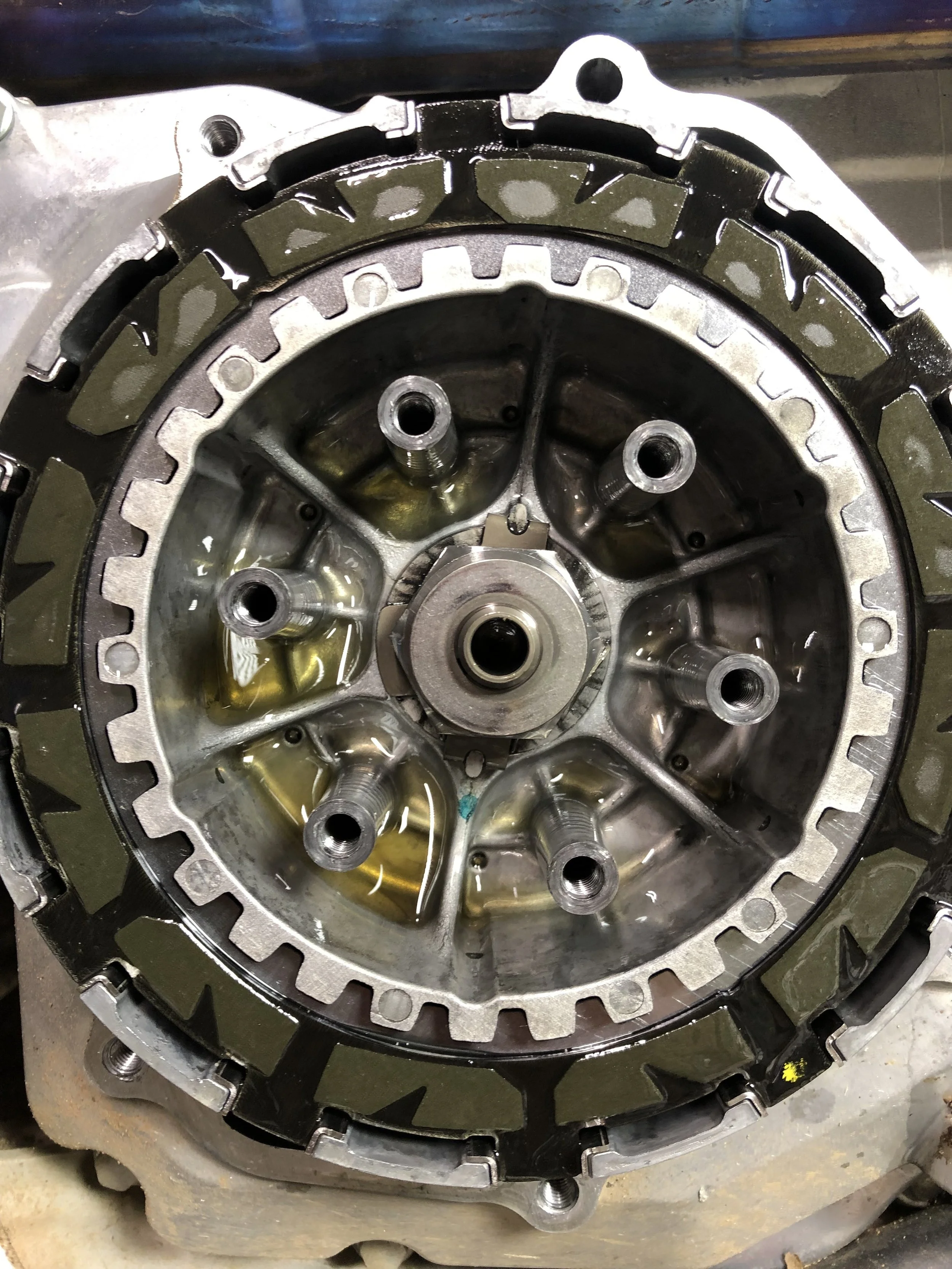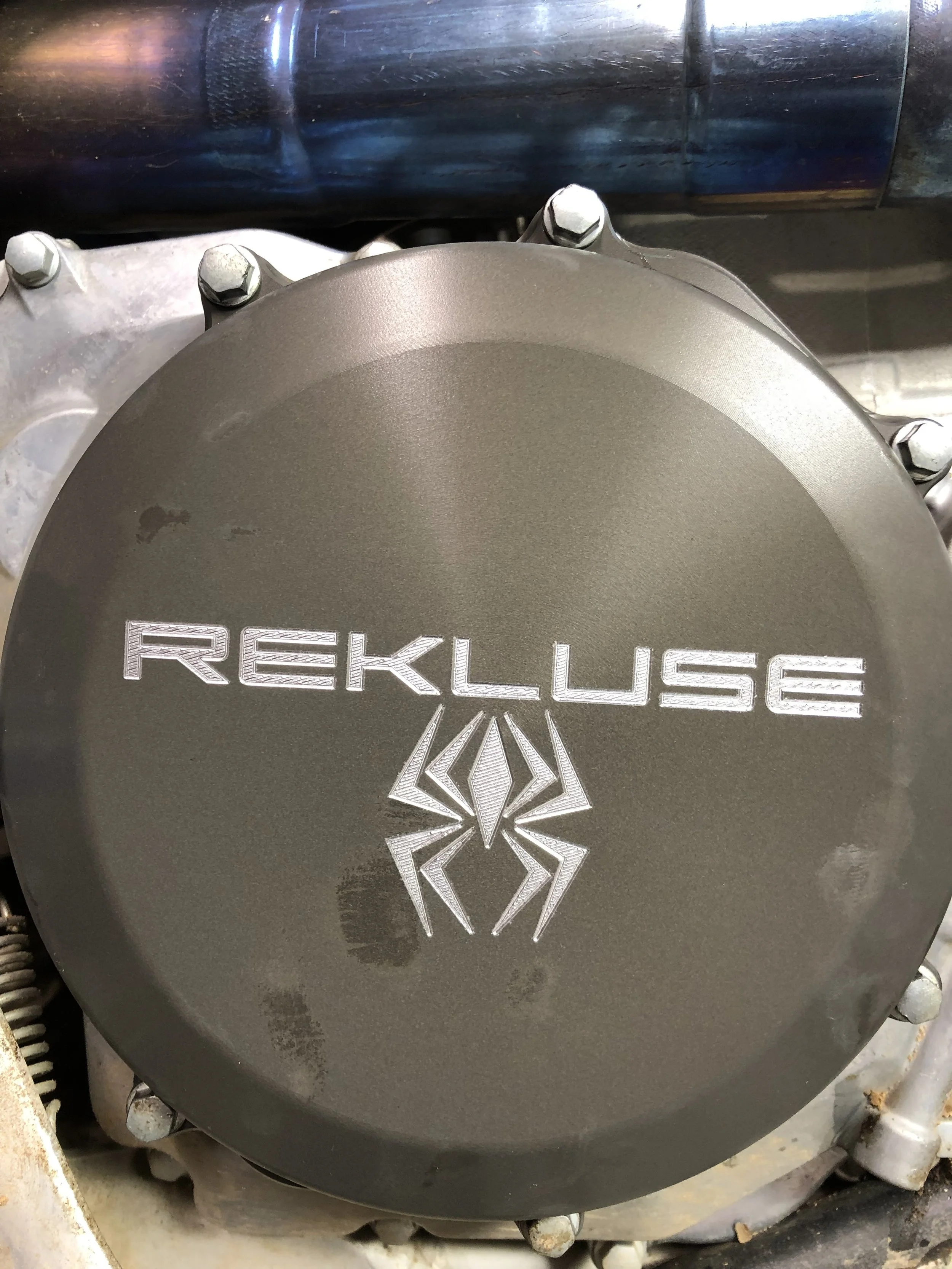It’s hard to find aftermarket triple clamps that are better than stock these days, especially on the Yamaha YZ250/450. So much is involved in making a triple clamp that flexes enough, but also has enough rigidity to aid the machine in corners as well. With the triple clamp flex character so important to chassis handling (on all motocross bikes) sometimes it’s tough to find anyone that can make a “comfortable” set of aftermarket triple clamps. Why do you need aftermarket triple clamps? Well sometimes it’s just for looks with some riders, but there are occasions where you might want another offset to help you get more stability or a sharper turning character out of your machine. In this case I was looking for the standard offset for a 2022 KTM Yamaha YZ450F and wanted to see if installing X-Trig’s on the Yamaha hurt or helped it. I was hoping to help cornering positivity without sacrificing rigidity balance. Oh and I also purchased these myself for $850.00!
Enter X-trig’s ROCS Tech Triple Clamps and PHDS Mounts. “ROCS” stands for “Revolutionary Opposing Clamp System”. The ROCS clamp allows for precise alignment of the fork tube with opposing clamping surface patterns, the stiffness of the steering stem is specifically tuned to the respective motorcycle model, the steering-head bearing is already mounted on the shaft tube for convenience, a special fork slot and clamping area for precise fork operation, precise clamping with special screws for low torque specs, OEM attachments can be mounted without auxiliary material, and flexibility that is adapted to the fork with anodizing in the technical factory OEM look. The difference between the ROCS “Tech” and the ROCS “Pro” is the “Tech” uses a standard offset with a pressed shaft tube. The “Pro” has two offsets you can choose from by simply adjusting the shaft tube (or steering stem). I didn't feel like the Yamaha needed an offset change as the Yamaha is predictable on straight line and corners well, so I stuck with the “Tech” clamps.
The PHDS (Progressive Handlebar Dampening System) is a system supported by elastomers designed to absorb engine and chassis vibrations. The system also dampens the forces acting on the handlebar in a horizontal and vertical direction, maintaining steering precision. The handlebar can be adjusted in 12 different positions when the PHDS is mounted. The Yamaha doesn’t necessarily vibrate more in the handlebar area than any other 450 motocross bike, so this isn’t something I feel the Yamaha needs particularly, but if it helps, so be it.
Installation of the ROCS clamp is fairly straight forward (with the pressed shaft tube). All you need to do is grease up the steering head bearing and slide the bottom clamp up in the head tube of the frame. Super clean! Mounting up the PHDS bar mounts is a little tricky as the mounts themselves have a lot of moving parts, so make sure to read the instructions to ensure proper mounting. Technical Touch offers optional PHDS bar mount elastomers that come in soft or firm, but I chose to run the stock medium style elastomers, which seem to be just fine for motocross conditions.
I am super picky about bar positioning, shocking I know and the Yamaha isn't the best rider triangle out there, so I went with the second mounting hole closest to me (when sitting on bike) on the triple clamp with the PHDS mounts back. This handlebar position gave me a +3mm bar position (forward from stock), which I preferred as the stock positioning is a little cramped for my 6’0 frame. The PHDS bar mount itself is +2mm higher than the stock bar mount, which I was just fine with as I am using a SX Race Pro Taper EVO handlebar on the 2022 YZ450F. Having so many positions available for the rider is definitely a huge positive for adjustability with these ROCS clamps on the Yamaha to open up the cockpit for you bigger riders (5’11 and up). If you feel like you need a higher PHDS handlebar mount, X-trig also offers spacers to go under the PHDS mounting system. You can pick from 3mm, 5mm, and 10mm spacers.
So what did the X-trig ROCS Tech Triple Clamp and PHDS handlebar mounts do on the track? My goal for this test was to dissect the anti-vibration qualities as that seems to be the easiest to feel asap. I honestly didn’t notice any less vibration/harmonics through my Pro Taper’s, but I did notice slightly less vibration on higher RPM’s which I found strange. The PHDS mounts do help flex and are a little kinder to my wrists than the stock mounts. While I was looking to get a more precise front end feel through corners, without getting added rigidity on hard pack/rough straights, that is not quite what I found. Basically I got slightly less compliance on lean angle bump absorption so the front tire didn’t exactly feel like it was digging into the dirt enough for me on faster sweepers with chop. The X-Trig ROCS Tech clamp on the Yamaha YZ450F provided enough flex if I was heading straight into bumps, but once I started leaning into braking bumps to set up for the corner, there was definitely less comfort in that area compared to stock. There was some added rigidity when leaning when bumpy and that cause the fork to feel harsher. The ROCS Tech clamp is most noticeable in a positive way when diving deep into a rut where there is a huge load put on the front end, forced by the rider. The chassis positivity through this area is much better than the stock clamps. The stock clamps has a tendency to flex too much and give the rider a wiggle once off throttle in area 1-2 of corners, (on deeply tilled tracks or soft dirt) or give the rider an unsettled (dive) when dropping into a long/deep rut (this sensation can only be felt mostly by faster or heavier riders). The X-trig ROCS Tech clamp gives the front end less wallow (firmer) and more cornering stability once inside the rut (without upsetting chassis balance). Straight line stability isn’t as good as stock as you do feel more of the track under you (front end) on hard pack west coast conditions.
I do feel like slap down landing of the PHDS mounts are more absorbing and I like that feel to my wrists. I am almost keen to try these mounts on the stock clamp to see if that works as good on my old ass wrists! The overall weight of the X-Trig clamp and PHDS mounts are heavier than stock so know that you will be gaining almost a pound of front end weight on your machine. So at the end of the day am i happy with my purchase? I would say for this bike, no I am not. I will say that I have tried X-Trig’s on a KTM with really positive results, but this confirms to me that the average rider DOES NOT need these for his Yamaha YZ450F. Does that mean all aftermarket clamps are rated under the same umbrella? Absolutely not! Not every clamp is created equal. I will try some more aftermarket clamps on this machine in the coming weeks to see if we can keep the stock bump absorption while adding to that positive front tire feel in ruts. Stay tuned!

















